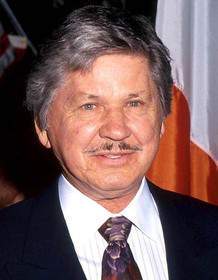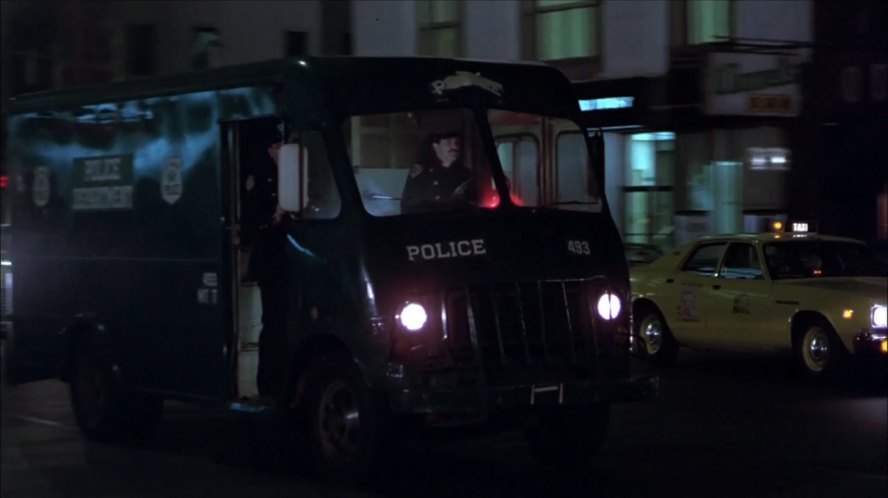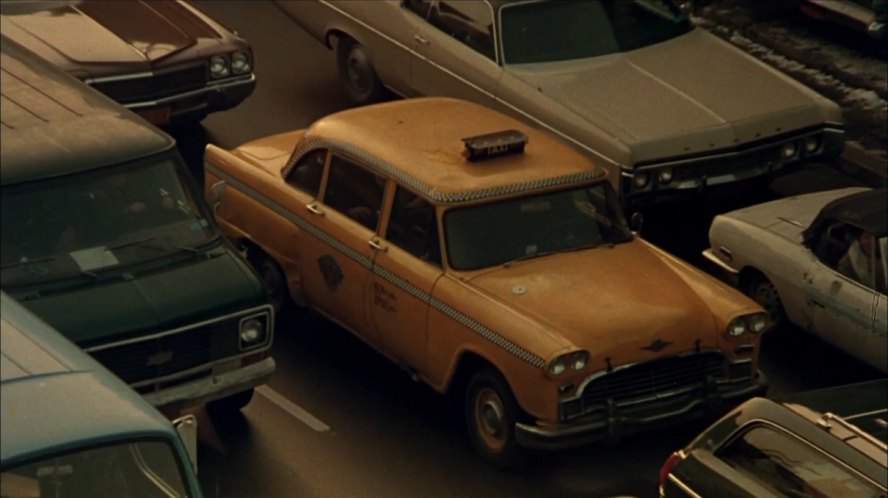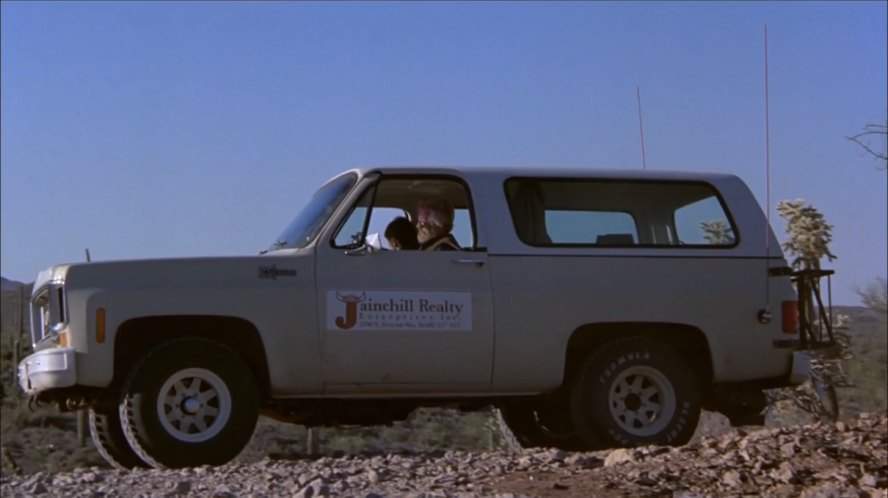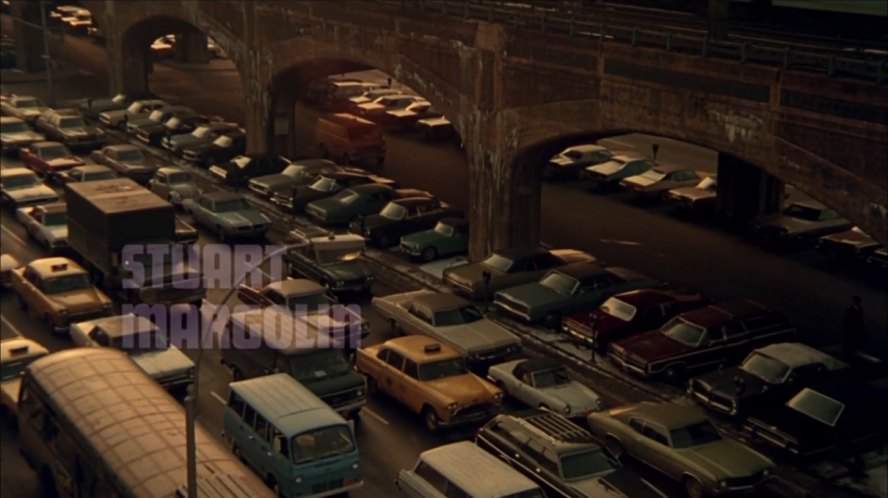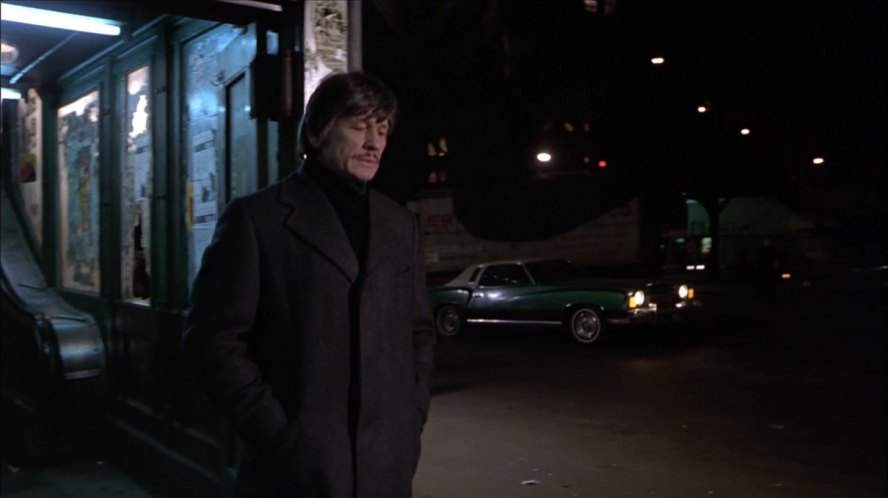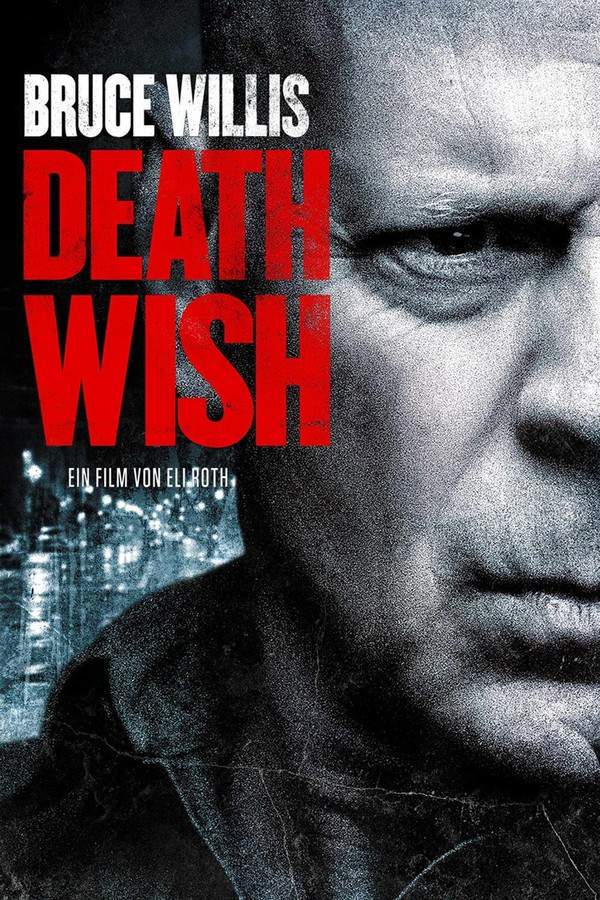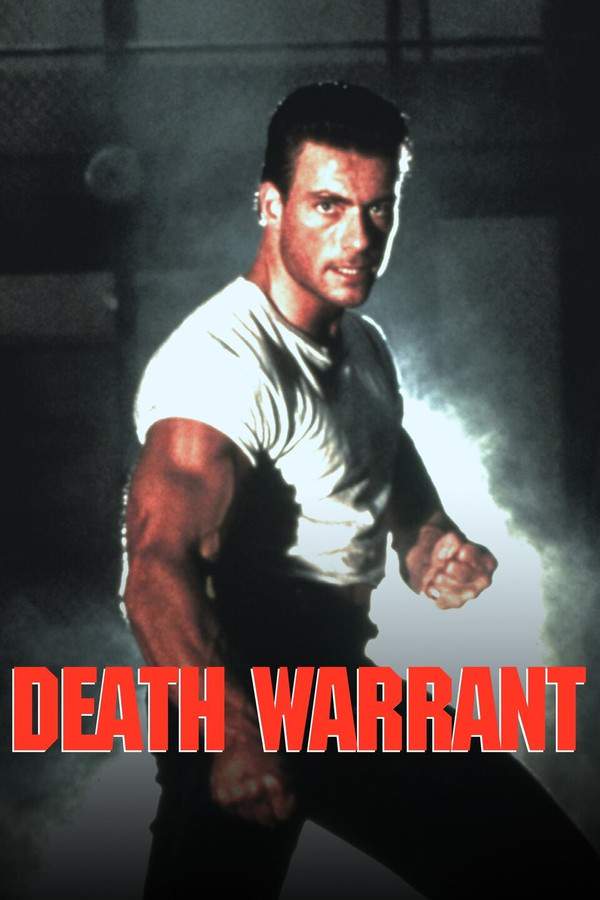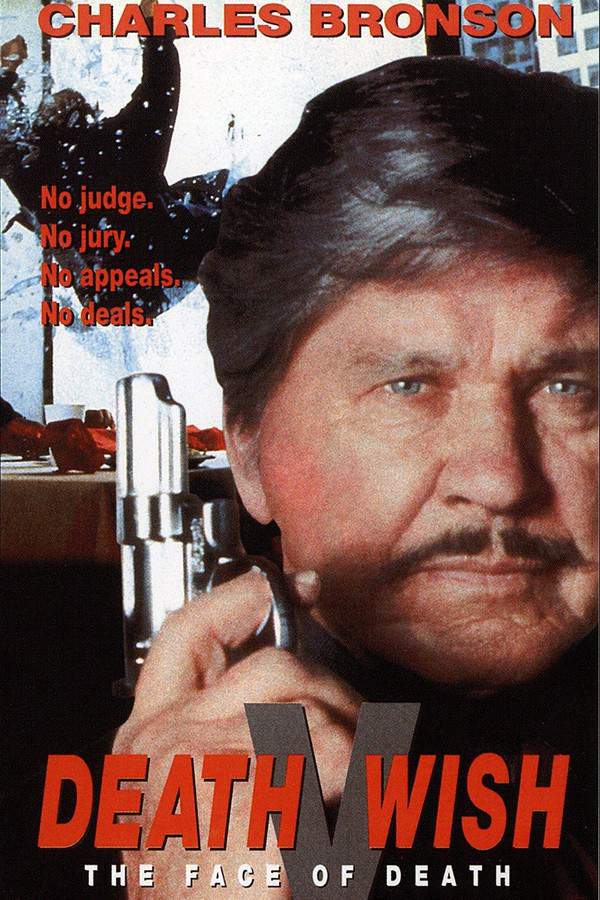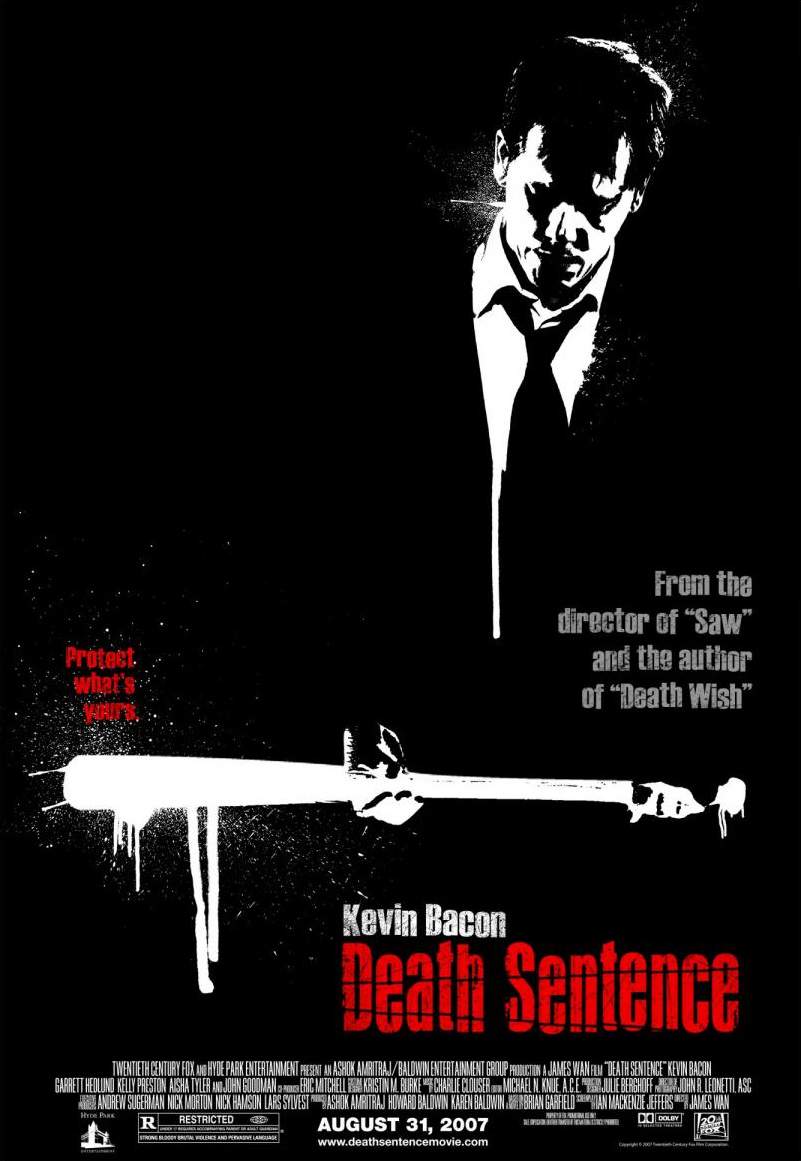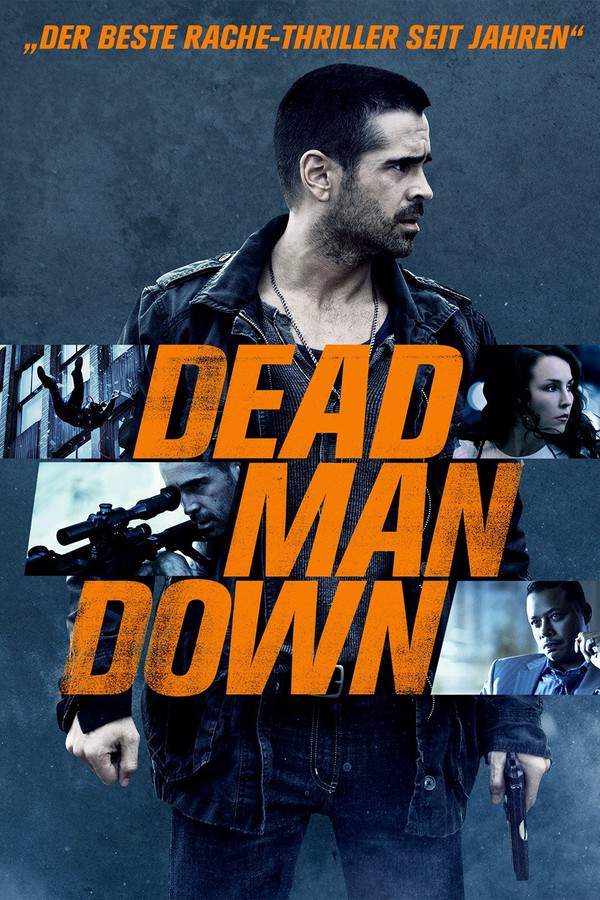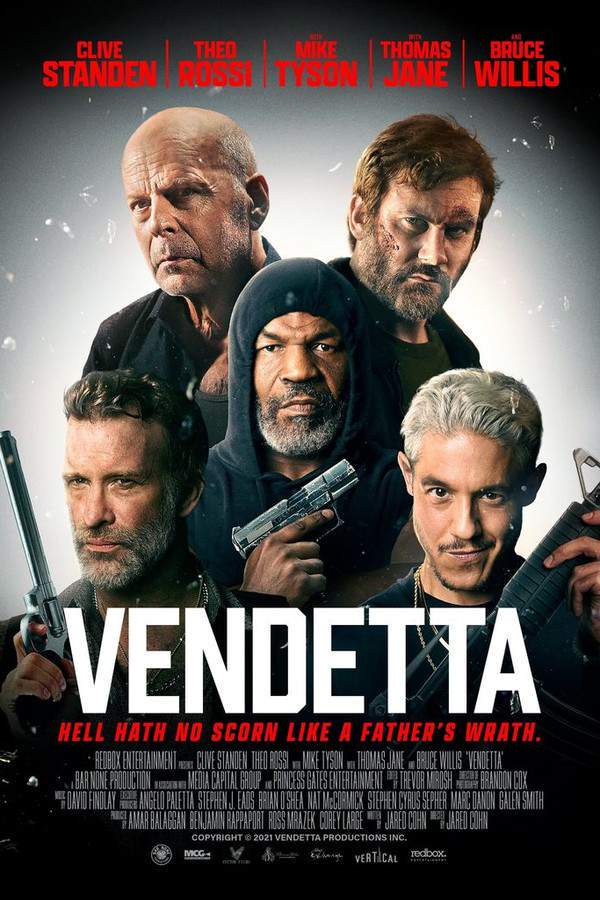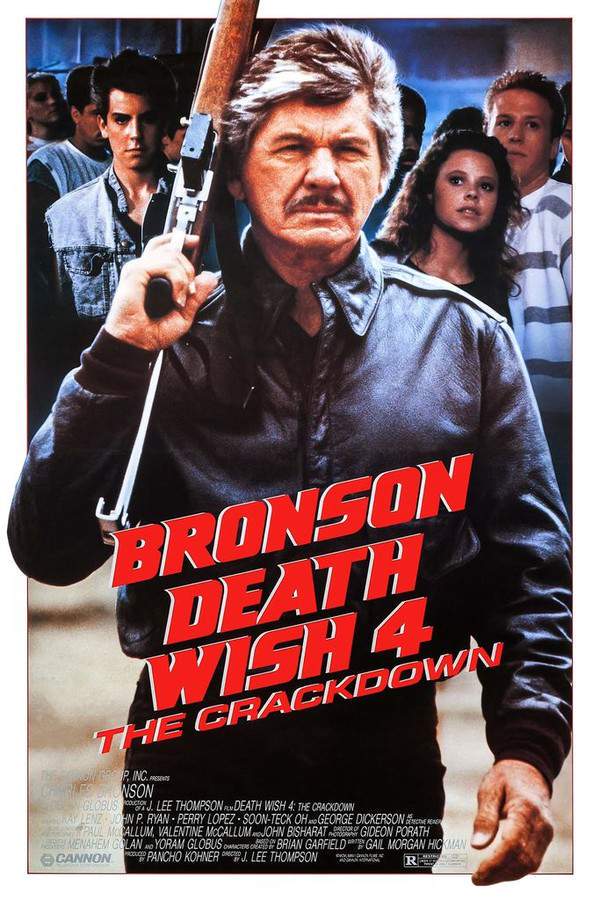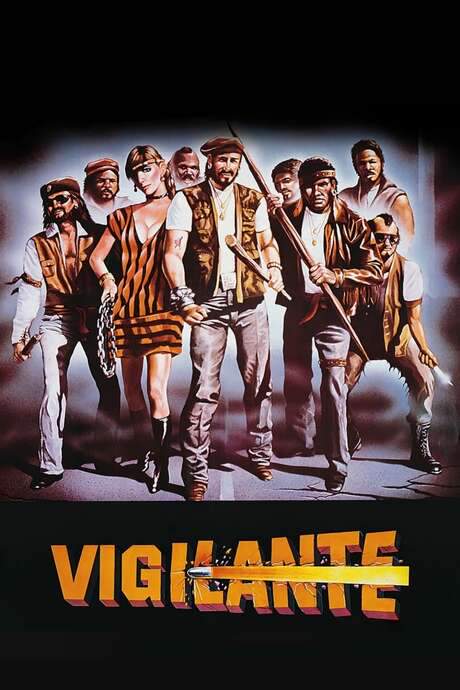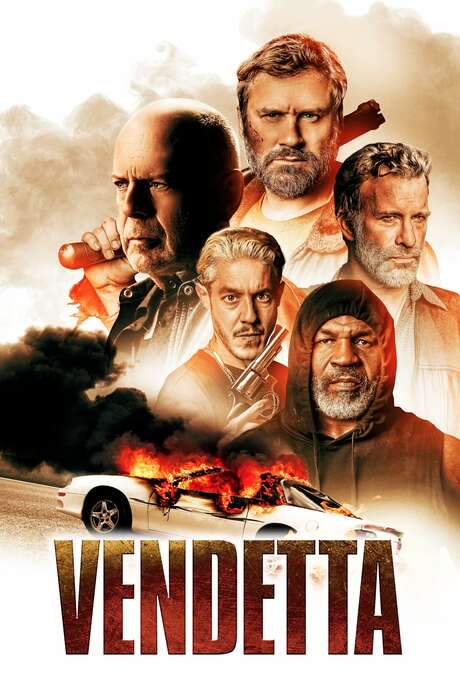Death Wish 1974
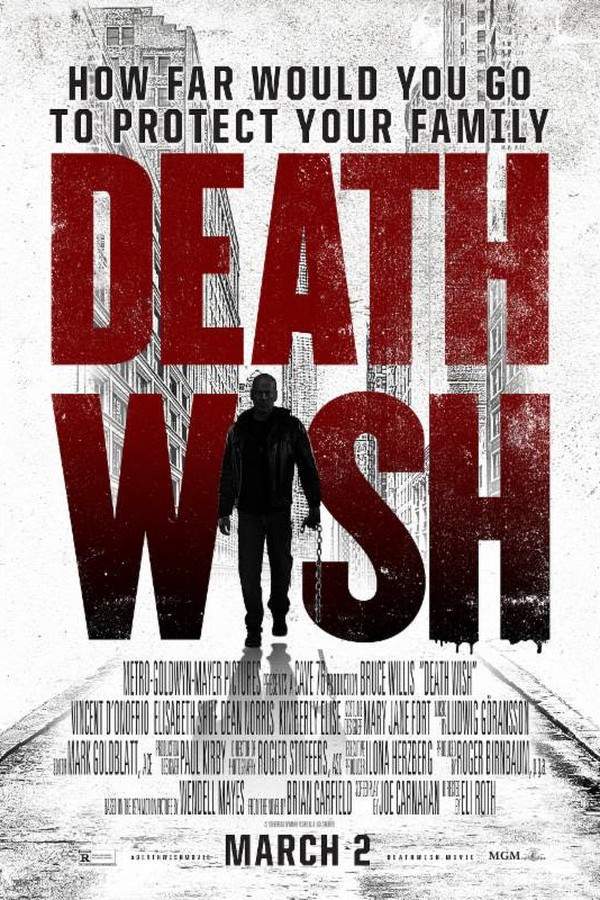
After a devastating home invasion claims his wife's life and shatters his world, a New York City architect descends into vigilantism. Consumed by grief and rage, he embarks on a campaign of calculated revenge against the criminals who took everything from him. By night, he stalks and eliminates those who prey on the city’s vulnerable, seeking retribution and a twisted form of justice.
Does Death Wish have end credit scenes?
No!
Death Wish does not have end credit scenes. You can leave when the credits roll.
Meet the Full Cast and Actors of Death Wish
Explore the complete cast of Death Wish, including both lead and supporting actors. Learn who plays each character, discover their past roles and achievements, and find out what makes this ensemble cast stand out in the world of film and television.
External Links and Streaming Options
Discover where to watch Death Wish online, including streaming platforms, rental options, and official sources. Compare reviews, ratings, and in-depth movie information across sites like IMDb, TMDb, Wikipedia or Rotten Tomatoes.
Ratings and Reviews for Death Wish
See how Death Wish is rated across major platforms like IMDb, Metacritic, and TMDb. Compare audience scores and critic reviews to understand where Death Wish stands among top-rated movies in its genre.

51
Metascore
7.2
User Score

6.9 /10
IMDb Rating

69
%
User Score
Take the Ultimate Death Wish Movie Quiz
Challenge your knowledge of Death Wish with this fun and interactive movie quiz. Test yourself on key plot points, iconic characters, hidden details, and memorable moments to see how well you really know the film.
Death Wish Quiz: Test your knowledge on the 1974 classic film 'Death Wish' and its gripping story of vigilantism.
Who portrays the main character, Paul Kersey, in 'Death Wish'?
Charles Bronson
Steven Keats
Jeff Goldblum
Vincent Gardenia
Show hint
Full Plot Summary and Ending Explained for Death Wish
Read the complete plot summary of Death Wish, including all major events, twists, and the full ending explained in detail. Explore key characters, themes, hidden meanings, and everything you need to understand the story from beginning to end.
Paul Kersey, portrayed by Charles Bronson, and his wife Joanna, played by Hope Lange, embark on a vacation in the paradise of Hawaii. Their journey takes a dark turn when they return to New York City, where Paul leads a life as an architect. During a routine grocery shopping trip at D’Agostino’s, a harrowing incident unfolds as a trio of hooligans, one of whom is played by Jeff Goldblum, cause chaos in the supermarket. The situation escalates when these delinquents follow Joanna to their apartment, breaking in and wreaking havoc, searching for money but only finding a meager $7. Tragically, they assault both Joanna and their daughter, Carol Anne.
Paul’s world shatters when he receives a call from his son-in-law, Jack Toby, informing him that Joanna and Carol are in the hospital. After a torturous wait, Paul learns from a doctor that although Carol is physically unharmed, having been sedated, Joanna has succumbed to her injuries. The police inform the devastated Paul that the chances of catching the criminals are slim, especially since Joanna is gone and Carol remains in a traumatized state, unable to recount what happened to her.
One night, filled with frustration and sorrow, Paul takes a walk and narrowly escapes a robbery when a mugger attempts to hold him up. Armed only with a sock filled with quarters, he manages to evade danger. The following day, his boss sends him on an extended business trip to Tucson, Arizona, where he meets Ames Jainchill, portrayed by Stuart Margolin, who shows him the ropes. Paul witnesses a mock gunfight at Old Tucson and impresses Ames with his shooting skills, after which Ames discreetly gifts him a nickel-plated .32 Colt Police Positive revolver.
Returning to New York, Paul confronts the reality of his daughter’s condition and the weight of his wife’s death. When he opens the suitcase with the revolver inside, he feels an unexpected pull towards vigilantism. That night, while out for a walk, he encounters a mugger named Thomas Leroy Marston and, in a moment of primal instinct, shoots him, marking the beginning of his transformation into a vigilante.
As his quest for justice continues, Paul targets anyone he believes threatens the innocent, leading to a spree of violent confrontations. His reputation as a vigilante grows, drawing the attention of police Lt. Frank Ochoa, played by Vincent Gardenia. Ochoa’s investigation leads him closer to Paul, but the public supports the mysterious figure cleaning up the city.
Compelled by loss and rage, Paul ultimately commits to his new life’s mission, while his personal life deteriorates as he places Carol in a mental institution, unable to bear her catatonic state. The ongoing conflict between Paul and law enforcement escalates, culminating in a confrontation that requires Paul to leave New York to avoid arrest.
In the film’s thrilling conclusion, after a week’s respite, Paul arrives at Chicago Union Station, only to find himself embroiled in chaos once again as he intervenes to rescue a woman from a group of hoodlums. With a smile and a pointed finger mimicking a gun, he signals that his fight for justice will undoubtedly continue, leaving viewers to ponder the complexities of vengeance and morality.
Uncover the Details: Timeline, Characters, Themes, and Beyond!

Coming soon on iOS and Android
The Plot Explained Mobile App
From blockbusters to hidden gems — dive into movie stories anytime, anywhere. Save your favorites, discover plots faster, and never miss a twist again.
Sign up to be the first to know when we launch. Your email stays private — always.
Watch Trailers, Clips & Behind-the-Scenes for Death Wish
Watch official trailers, exclusive clips, cast interviews, and behind-the-scenes footage from Death Wish. Dive deeper into the making of the film, its standout moments, and key production insights.
Cars Featured in Death Wish
Explore all cars featured in Death Wish, including their makes, models, scenes they appear in, and their significance to the plot. A must-read for car enthusiasts and movie buffs alike.
Death Wish Themes and Keywords
Discover the central themes, ideas, and keywords that define the movie’s story, tone, and message. Analyze the film’s deeper meanings, genre influences, and recurring concepts.
Death Wish Other Names and Titles
Explore the various alternative titles, translations, and other names used for Death Wish across different regions and languages. Understand how the film is marketed and recognized worldwide.
Similar Movies To Death Wish You Should Know About
Browse a curated list of movies similar in genre, tone, characters, or story structure. Discover new titles like the one you're watching, perfect for fans of related plots, vibes, or cinematic styles.
Quick Links: Summary, Cast, Ratings, More

What's After the Movie?
Not sure whether to stay after the credits? Find out!
Explore Our Movie Platform
New Movie Releases (2025)
Famous Movie Actors
Top Film Production Studios
Movie Plot Summaries & Endings
Major Movie Awards & Winners
Best Concert Films & Music Documentaries
Movie Collections and Curated Lists
© 2025 What's After the Movie. All rights reserved.



